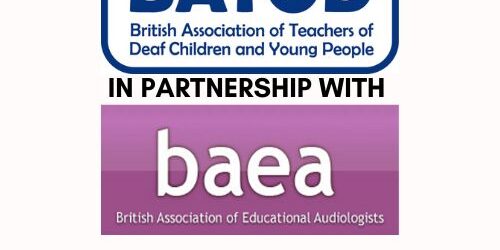1.1. Overview of the ear
Anatomy of the ear
The organ of hearing also referred to as the ‘auditory system’, is generally split anatomically into four parts:
- The outer ear
- The middle ear
- The inner ear
- The central auditory pathways.
The first three parts are referred to as the peripheral auditory system. The fourth part, referred to as the central auditory system, includes all the nerves and structures that carry information from the cochlea to the brain centres.
Each of the parts mentioned makes a specific contribution to the functioning of the auditory system with which we can perceive, analyse, and recognize sounds. The hearing organ can pick up very subtle movements of air particles in a certain frequency range and ensure the conscious perception thereof. It can also tolerate very strong movements of the air particles in that frequency range without being damaged by them. The frequency range over which this is possible runs from low tones of around 50 vibrations per second (hertz [Hz]) to very high tones of approximately 20,000 Hz.
The pathway of sound
Here is how the cochlea turns sound waves into sounds:
- Soundwaves enter your outer ear and travel through your ear canal
- The waves strike the eardrum (tympanic membrane), causing vibrations
- The movement causes the tiny middle ear bones (malleus, incus, and stapes), referred to as the ossicles, to vibrate
- The vibrating stapes bone at the oval window of the cochlea generates movement of the cochlea’s fluid
- This movement of the fluid stimulates the stereocilia on the inner and outer hair cells based in the cochlea
- This movement of the stereocilia generates an electrical signal along the auditory nerve to the brain’s temporal lobe
- The temporal lobe perceives the electrical signal as sound.
Below is a short video that explains the way sound travels to the inner ear:
A slightly more detailed and helpful video explaining the way sound travels to the inner ear is shared below:
Considerations for Qualified Teachers of Deaf Children and Young People
- Understand the physiology of the ear to support the family in their understanding of their child’s deafness.
- Know the areas of the ear and how each section works to understand the cause of the type of deafness (conductive, sensori-neural, or mixed).
- Become comfortable in handling the pinna to put the ear mould in successfully.
- Always remember that hearing is from the ears, but listening is from the brain.
Further reading
There are many good books on anatomy and physiology depending on the detail in which you would like to understand this; some are maybe more advanced than others. For Qualified Teachers of Deaf Children and Young People (QToDs), the following book provides a detailed explanation in an accessible manner:
Cole, E. B. and Flexer C. (2020) Children with hearing loss: Developing listening and talking, birth to six (Fourth Edition). San Diego, California, USA. Plural Publishing.
Next pages in section 1
1.2 The outer ear
1.3 The middle ear
1.4 The inner ear
1.5 The central auditory pathway
Other sections
- Section 2 Aetiology and types of deafness
- Section 3 Auditory perception and hearing testing
- Section 4 Acoustics and physics of sound
- Section 5 Listening skills and functional hearing
- Section 6 Hearing technologies




